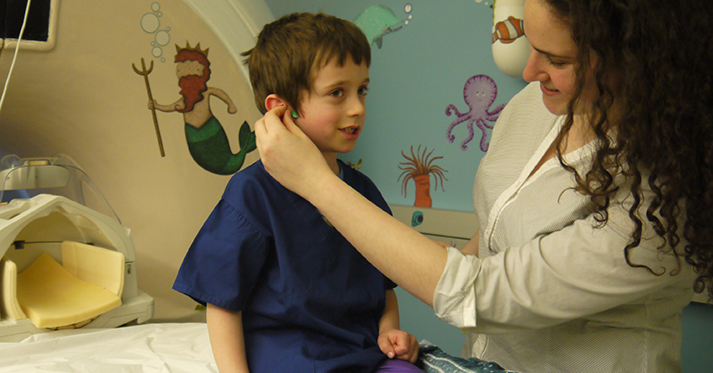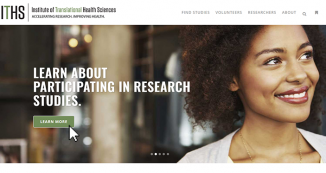
31 May Mining Clinical Notes Boosts Participant Pool by 700%
The Social Sensory Processing Study is attempting to learn more about sensory difficulties in children with and without autism between the ages of eight and 12. Principal Investigator Dr. Natalia Kleinhans and her team aim to find neural biomarkers and behavioral indicators that can be used to aid earlier diagnosis and effective treatment of autism and sensory processing challenges.
Maya Reiter, the study’s research coordinator, explains, “So many kiddos, even those that don’t have autism, have sensory sensitivities to sounds and textures—things like not liking labels on your clothing, not liking sounds that are too loud. These challenges can considerably interfere with day-to-day life and school.”
She has been recruiting children who are either typically developing, have a diagnosis of autism, or are experiencing significant sensory related issues. When Reiter began looking for children with significant sensory challenges, she ran into a roadblock. She did not have a straightforward way to search for them and was not getting the results she needed. She turned to the Institute of Translational Health Sciences for help.
These kiddos do exist, and the difficulties that they experience in their daily lives are exactly what we’d like to learn more about, except that there was no good way of finding them. We needed all of the help we could get.
Though no official diagnosis for sensory related difficulties currently exists, Reiter knew that children in the community were receiving services for considerable sensory processing challenges. Details from those visits would be recorded within the notes of patients’ electronic medical records.
She also knew that if she had a way to search those notes, she could find them and reach out to their families.
Reiter began her search by asking occupational therapists who specialized in treating sensory related issues about the terms and descriptions they use when writing notes.
Reiter then brought these terms to Nic Dobbins, an ITHS Biomedical Informatics consultant, and they worked together to develop search algorithms. “It was an iterative process,” she said. “We entered the search terms, and Nic said, ‘Here are the results. Are these the kids you are looking for?’ He gave me actual sentences from the medical records to see if they are a good fit. At the beginning, they often weren’t.”
[ITHS] found more than 400 potential participants in the greater Seattle area, a 700 percent increase in pool size attributable to search algorithms.
Their first search, using the terms from the occupational therapists, found 50 potential participants. After refinement, they found more than 400 potential participants in the greater Seattle area, a 700 percent increase in pool size attributable to search algorithms.
The study is on-track to meet enrollment targets. “We are very grateful to have these resources,” Reiter added. “These kiddos do exist, and the difficulties that they experience in their daily lives are exactly what we’d like to learn more about, except that there was no good way of finding them. We needed all of the help we could get. This is turning out to be a very good source for finding these kids.”
Visit the Social and Sensory Processing Study website to learn more about the study, and the ITHS Biomedical Informatics page to learn more about mining clinical notes.







